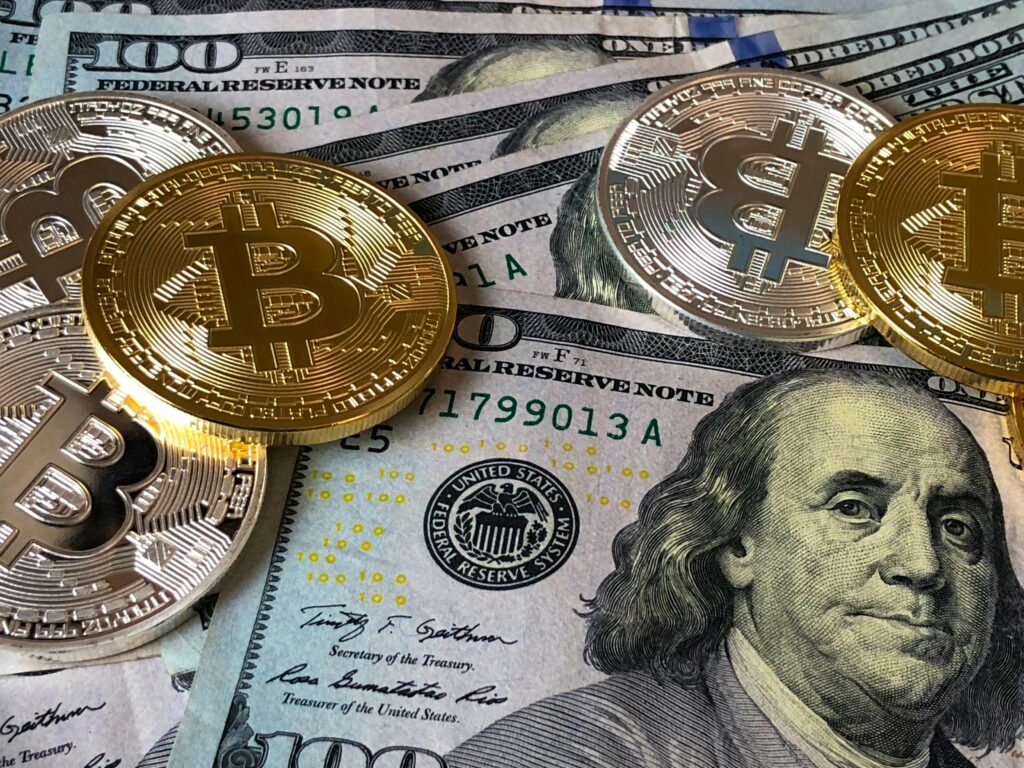Introduction
In 2025, Central Bank Digital Currencies (CBDCs) are no longer just experiments — many countries have rolled them out. Unlike Bitcoin or Ethereum, CBDCs are government-backed digital currencies tied directly to a nation’s fiat currency. But are they partners to crypto, or do they pose real competition?

1. What Are CBDCs?
- Digital versions of existing national currencies.
- Issued and controlled by central banks.
- Built on blockchain or distributed ledger technology, but fully centralized.
Example: China’s digital yuan (e-CNY) is already used in millions of daily transactions.

2. Benefits of CBDCs
- Faster and cheaper domestic and cross-border payments.
- Financial inclusion for people without access to traditional banks.
- Easier tracking of money flows to prevent fraud and tax evasion.
Example: A farmer in a rural area receiving government aid instantly through a CBDC wallet.
3. Key Differences Between CBDCs and Cryptocurrencies
- Control: CBDCs are centralized, while crypto is decentralized.
- Privacy: Governments can track CBDC transactions, but crypto offers more anonymity.
- Supply: CBDCs follow central bank policies, while crypto has fixed or algorithmic supply rules.
Example: Bitcoin’s capped supply at 21 million vs. unlimited issuance of a CBDC.
4. Are CBDCs Competing with Crypto?
- For everyday payments, CBDCs could reduce demand for stablecoins.
- For savings and investments, many still prefer decentralized assets like Bitcoin or Ethereum.
- CBDCs may bring legitimacy to digital money, indirectly helping crypto adoption.
Example: A shopper using CBDC for groceries but investing long-term in Bitcoin.
5. Challenges of CBDCs
- Privacy concerns: Governments may monitor every transaction.
- Dependence: Citizens could lose financial independence.
- Adoption: Not all businesses or users are ready for full digital money.
Example: Some people rejecting CBDCs over fears of “government surveillance money.”

Conclusion
CBDCs are redefining money in 2025 by making payments faster and more efficient. However, they are not a true replacement for cryptocurrencies. Instead, they highlight the contrast between centralized government money and decentralized digital assets. The future likely holds a mix of both, with users choosing depending on their needs.